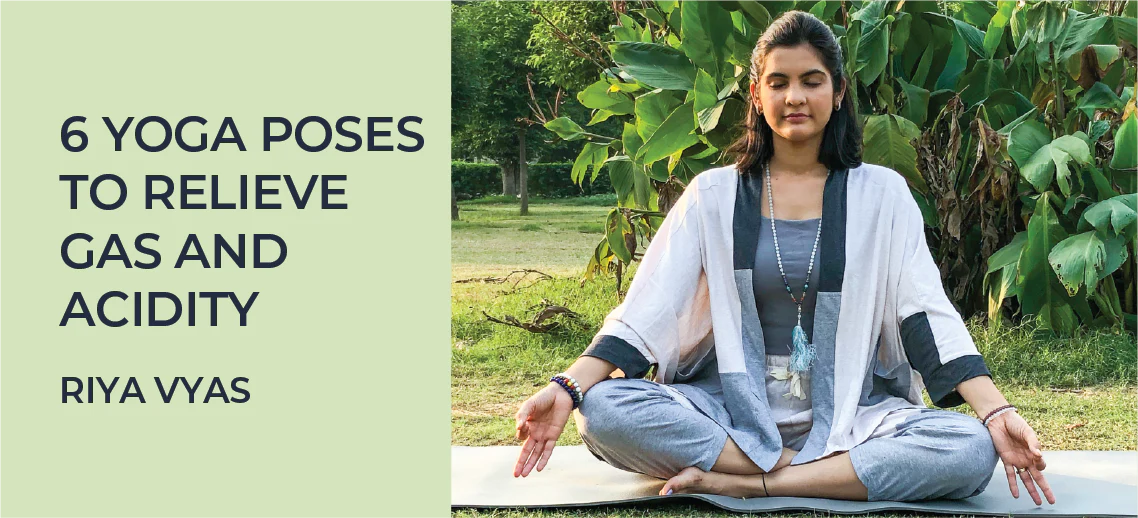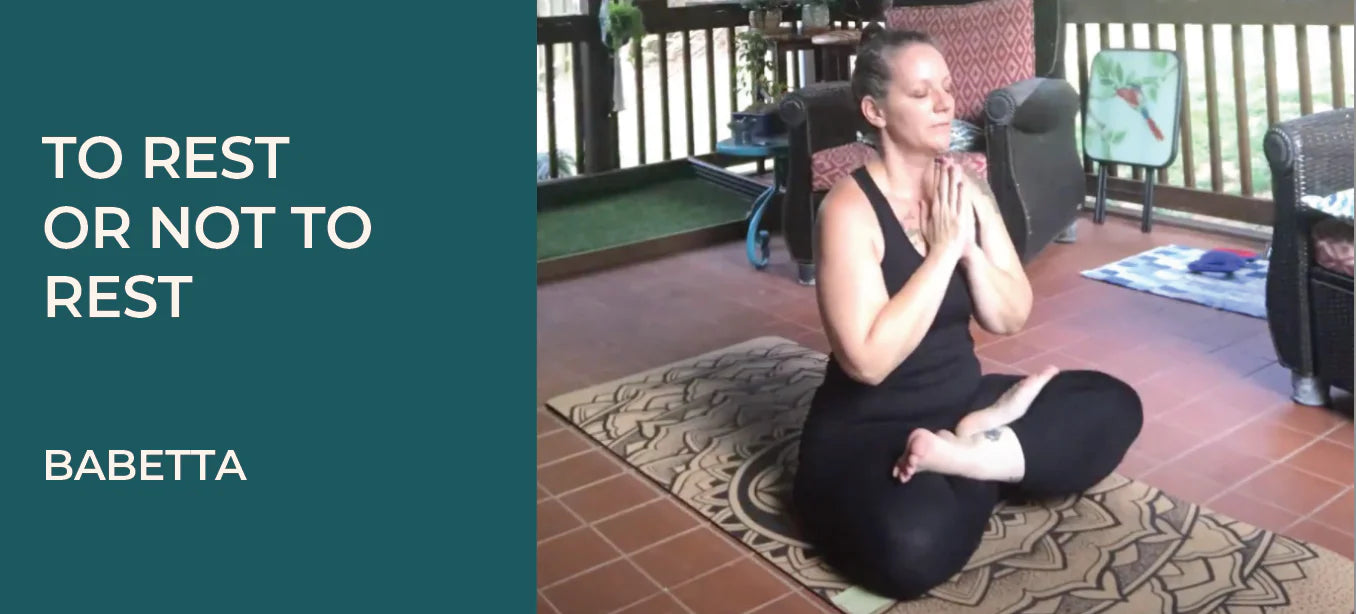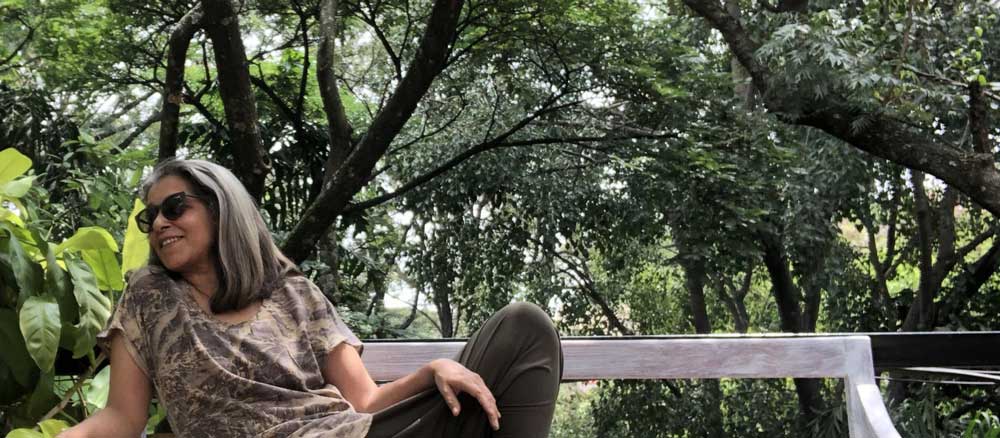I have had this mat for 5 years. I use it rigorously nearly everyday. It has traveled countries with me, go grippy and looks like new even after 5 years. No odor. Sustainable. I love it so so much.
i would have liked to wait to send my review after a full year of use but already i can tell that i really like it.
The grip is amazing!
Moreover it still has a nice cushioning so i can ejoy being on my knees.
i like its colour and smell too
These pants are very comfortable and the material is super soft and breathable.
The fabric is so soft, still it holds its shape and colour very nicely.
We got already few of them and they last for a really long time despite being washed and worn a lot










